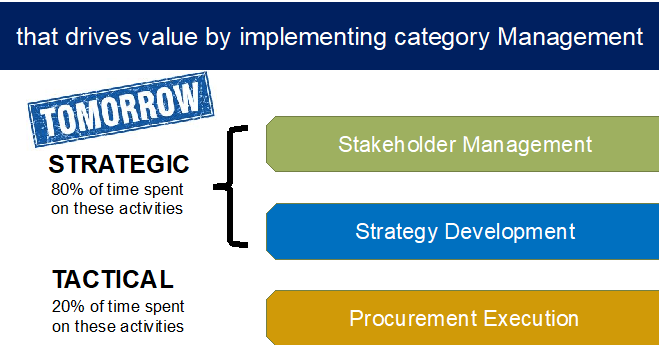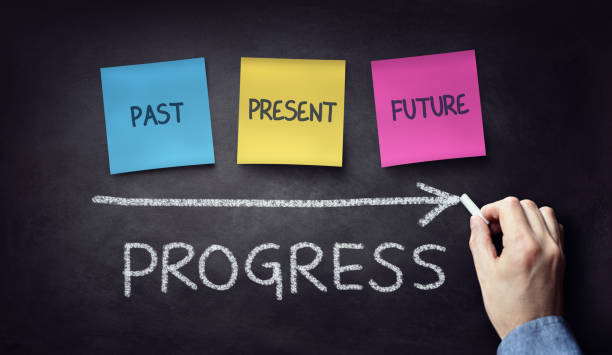The primary purpose of a Tender Library is to maximise the Return on investment from your Tender Activity, while delivering objectives such as;
- Ensure your company is presenting a consistent company message
- Ensure Tender information is not held with an individual or small team
- Eliminate time wasted searching for previous information
- Ensure only the most up to date company documentation is accessible to staff completing PQQs and tenders e.g. policies, procedures, insurance certificates, risk assessments, licenses, CVs etc.
- Minimise problems of different writing styles from contributors (including formats)
- Control company information and its use, protecting the company brand i.e. have current and compliant information to help you answer the questions asked
- Managing information effectively is essential so as not to end up with a huge amount of information in hundreds of different files, versions or formats.
Tender Library Advice
- The worst time to create a bid library is when you are writing a tender – start now before a submission is live
- The Tender Library has to be easily accessible for your bid team, whether that is shared folders, Dropbox, Google Apps, Wiki, Microsoft Office 365 SharePoint, OneDrive or similar file sharing solutions (even considering third-party software solutions)
- Consider a Library structure that facilitates keyword searches, filters by question type, client type or project type, which meets the needs of the business.
- The Tender Library has to be kept up-to-date with recent company marketing materials, client references, awards, policies, licenses, insurance details, CV’s etc. Identify content owners, and put in place regular content reviews.
- The Tender Library is an evolving asset and should be continually improved with feedback/comments derived after the Tender Award e.g. if you have a poor scoring
response or section, this should be noted within the Library to ensure the whole team knows work is required on this section in future Feedback allows you to see the strongest and weakest parts of your responses, which can then be corrected for future contracts. The more you tender, the better your Tender library will become, saving you time and vastly improving the quality of your submissions1. - Build a bid content library based on the topic / subject area approach is better than purely Q&A focused. Great content is easier to find and easy to update plus your writers are free to write a customer-focused response and do not resort to boiler plate answers
- Every 18-24 months, schedule a Tender Library Audit to;
# Assess the quality of the content
# Assess the quantity of the content
# Understand the existing content demands from the market
Tender Library Contents
There are a number of requirements that appear in nearly every tender. This content list below will allow you spend more time customising the response to meet the specific questions, specification and evaluation criteria;
- Corporate Information including Organisation Chart and Company history (consider visual time-line)
- Company policies (most commonly requested are Health & Safety, Environmental, Equality/Diversity, Corporate Social Responsibility, Business Continuity, Data Protection, Quality Assurance, Quality Control and Complaints Management). Ensure that these are up to date with legislation and have been reviewed within the last 12 months.
- Case studies (impactful, relevant and fact filled – not woolly!).
- Testimonials & Awards (make sure these are up to date)
- Reference clients (including the contact details of clients who have given permission to use them in a tender)
- Most recent 3 years accounts (Balance Sheet & P&L)
- Current insurance certificates
- Corporate memberships / Accreditations (e.g. Chambers, Certificates, ISO, SafePass, FirstAid etc)
- Licensing specifics – required for some industries.
- A list of all major contract clients including date of award, length of contract, annual value and nature of supply (organised by industry, location, public/private etc)
- Model answers: A selection of model answers based on previous submissions or commonly occurring questions. This is the most flexible part of the Tender library and is constantly changing with feedback.
- Method Statements (Policies and Operating Procedures relating your work methods)
- Added Value Extracts (Unique Selling Points, Differentiators, Value propositions, Innovations or technology; which benefit the client with defined tangible value)
- Visuals & Professional Photography (Relevant existing graphics or images, to replace certain paragraphs or augment the visual impact)
- Pricing Matrix (Detailed breakdown of rates, per service. Securely stored)
- Account Management (Standard details of client management systems, processes, meeting and reporting schedules (Purpose, Type and Frequency etc)
- Training Records (Summary of Learning & Development approach, with access to detailed Training Records of each staff member)
- Profiles of key members of your team – include relevant qualifications, length of service with your company, experience and an overview of their CV – max 1 page).
- Sample management information (likely to include financial, performance related, future growth plans etc.)
- Sample service level agreement (demonstrating your proposed KPIs)
- Sample Contract Transition/Mobilisation Plan (likely to be in Table or Gantt chart format showing the individual steps required to implement a new contract.)
- Short company introduction in PDF format (Similar to a brochure)
- Opening Address, Executive summary & conclusion excerpts (corporate overview with mission statement and strong value proposition to be adapted to the specific bid)
- Best-in-Class Templates (If not using the buyer’s template (which is advisable), have branded ready-made templates per service offering and sector)
Contact us today to discuss how we can maximise the return from
your next Tender.






